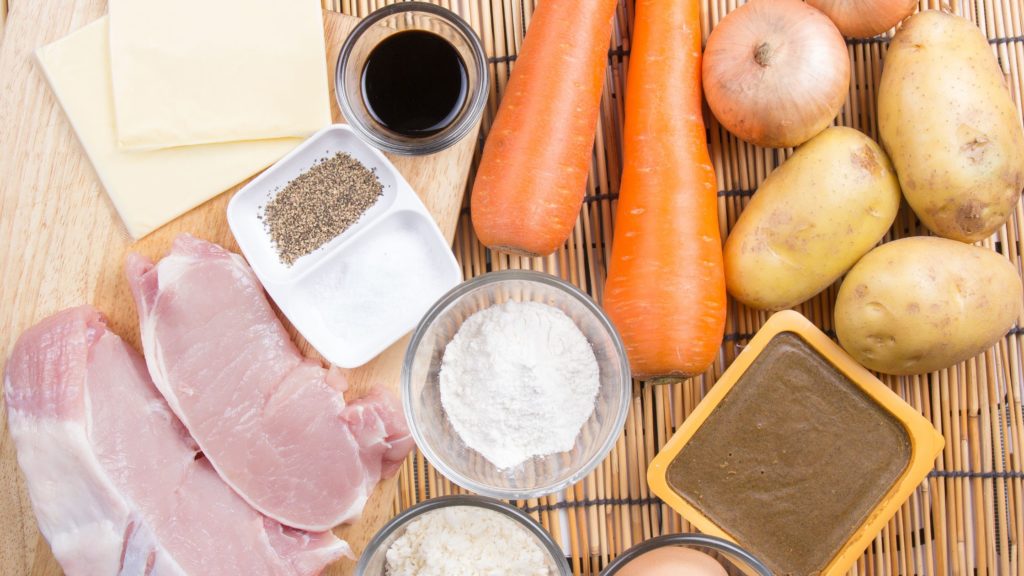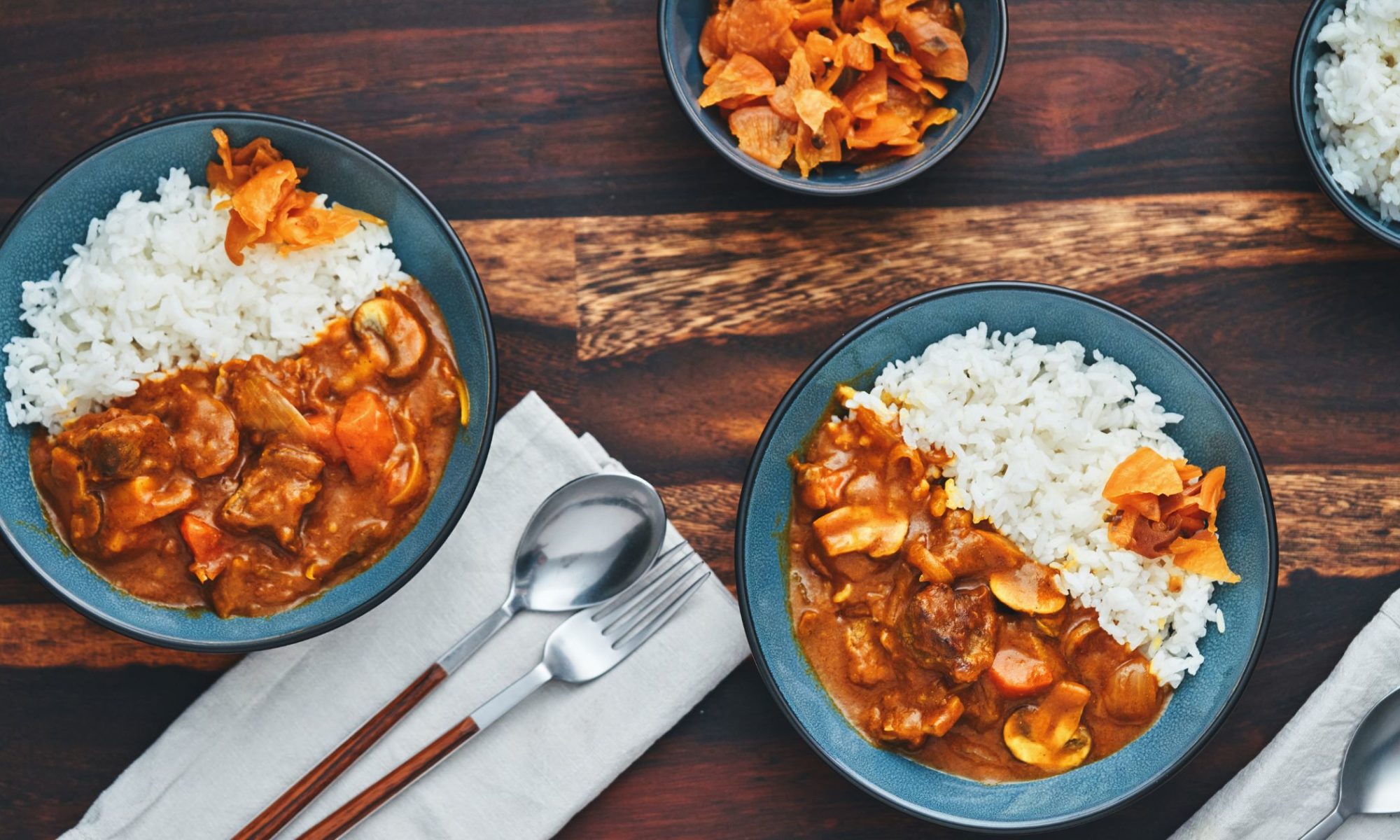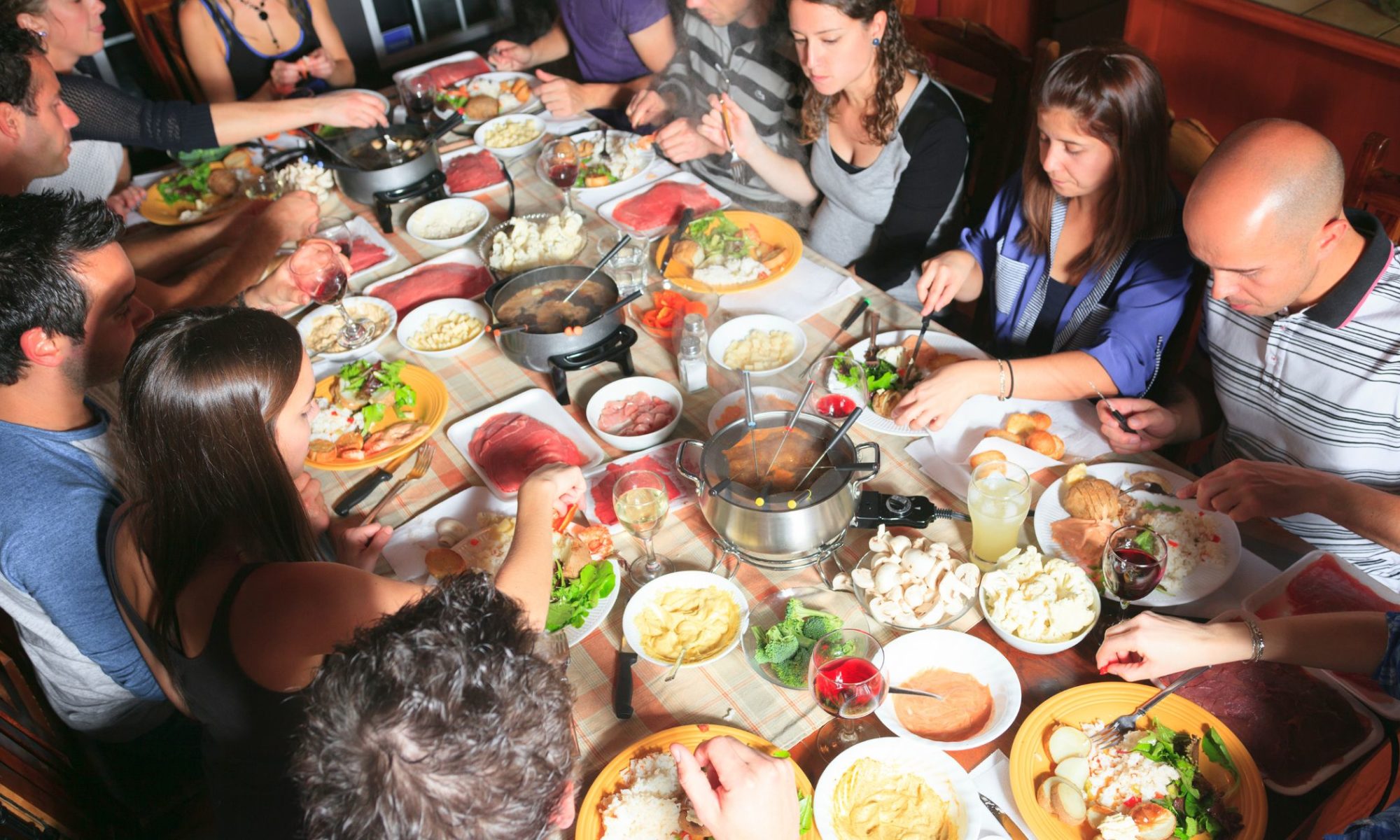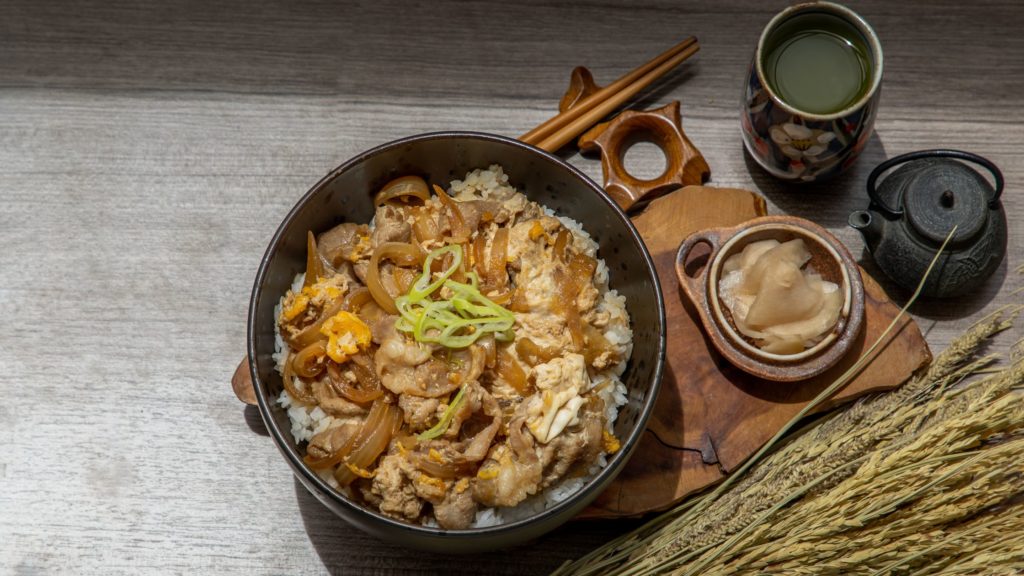Japanese cuisine is celebrated for its rich flavors and unique culinary traditions. One dish that stands out in its popularity and deliciousness is Japanese beef curry. This hearty and aromatic dish has captured the hearts and palates of people around the world. If you’re eager to learn how to make this delectable dish in the comfort of your own kitchen, you’ve come to the right place. In this article, we’ll take you through a step-by-step guide on how to create a mouthwatering Japanese beef curry that will leave your taste buds dancing with joy.
Introduction to Japanese Beef Curry
Japanese beef curry is a delightful fusion of flavors that combines tender chunks of beef with a rich and savory curry sauce. Unlike the spicier curries found in Indian cuisine, Japanese curry is known for its milder taste and comforting appeal. It’s a popular dish in Japanese households and can be found in many restaurants throughout Japan.
How to Make Delicious Japanese Beef Curry
Ingredients You’ll Need
To embark on your journey of making Japanese beef curry, you’ll need the following ingredients:
Beef: Choose a tender cut of beef, such as chuck or sirloin, and cut it into bite-sized pieces.
Onions: Sliced onions will add sweetness and depth to the curry.
Carrots: Carrots provide color, flavor, and a hint of natural sweetness.
Potatoes: Potatoes add a wonderful texture to the dish and absorb the curry flavors.
Aromatics: Garlic and ginger will infuse the curry with aromatic notes.
Curry Powder: Japanese curry powder is a blend of spices that gives the dish its signature flavor.
Broth: Use beef or vegetable broth as the base of your curry sauce.
Roux: This thickening agent adds richness and depth to the sauce.
Oil: For sautéing the beef and vegetables.
Salt and Pepper: To season the dish to perfection.
Now that you have your ingredients ready, let’s dive into the step-by-step process of creating your own Japanese beef curry masterpiece.

What Kind of Beef for Japanese Curry
When it comes to crafting the perfect Japanese beef curry, the choice of beef is of paramount importance. Selecting the right type of beef sets the foundation for a harmonious blend of flavors and textures in your curry. The beef you choose should strike a balance between tenderness and the ability to absorb the rich curry flavors. While Japanese curry is known for its melding of tastes, the role of beef cannot be understated.
A. Importance of selecting the right beef:
To achieve a satisfying curry experience, the choice of beef is critical. The beef not only contributes to the overall taste but also affects how well it pairs with the other components in the dish.
B. Recommended beef cuts for Japanese curry:
Beef chuck or shoulder: These cuts are commonly used in Japanese curry due to their balance of tenderness and robust flavor. They break down beautifully during cooking, infusing the curry with their rich taste.
Beef stew meat: Stew meat, often a mix of cuts like chuck and round, provides tenderness and a wonderful ability to absorb flavors, making it an excellent choice for curry.
Short ribs: For a luxurious touch, short ribs add both succulence and a deep, meaty essence to your curry.
C. Slicing and preparing the beef:
To ensure even cooking and a satisfying bite, it’s crucial to slice the beef into bite-sized pieces. This also enhances the beef’s ability to absorb the curry sauce, allowing the flavors to permeate every morsel.
D. Marinating options to enhance flavor (optional):
Soy-based marinades: Marinating the beef in soy sauce not only tenderizes the meat but also imparts a delightful umami essence that complements the curry’s overall taste.
Adding aromatics: Infusing the beef with aromatics like garlic and ginger during marination can deepen the flavor profile, resulting in a more complex and layered dish.
E. Quick browning for enhanced taste and texture:
Before adding the beef to the curry, a quick sear or browning in the pot can greatly enhance both the taste and texture of the meat. Browning creates a caramelized crust, adding a depth of flavor that beautifully harmonizes with the curry sauce.
F. Role of beef in the overall curry experience:
The beef not only contributes its own unique taste but also interacts with the vegetables and curry sauce to create a symphony of flavors. The tender, succulent nature of well-prepared beef serves as a delightful contrast to the hearty vegetables and velvety curry sauce, resulting in a satisfying culinary experience.
Incorporating the right kind of beef elevates your Japanese curry from a simple dish to a memorable culinary creation. The careful selection, preparation, and cooking of beef contribute to the dish’s overall texture, depth, and richness. As you embark on your Japanese beef curry journey, consider these insights to make the most out of your cooking adventure.
A Step-by-Step Guide
Step 1: Preparing the Beef
Begin by seasoning the beef with salt and pepper. In a large pot or Dutch oven, heat a tablespoon of oil over medium-high heat. Sear the beef until it’s browned on all sides. This step enhances the flavor and creates a caramelized crust.
Step 2: Sautéing the Aromatics
Add minced garlic and grated ginger to the pot. Sauté them for a minute until fragrant. The aroma will fill your kitchen, signaling the deliciousness to come.
Step 3: Adding Vegetables
Introduce the sliced onions, carrots, and potatoes to the pot. Sauté them for a few minutes until the vegetables start to soften.
Step 4: Creating the Curry Base
Sprinkle the Japanese curry powder over the sautéed vegetables. Stir well to coat everything evenly. The curry powder will release its aroma and infuse the dish with its distinctive flavor.
Step 5: Simmering to Perfection
Pour in the broth, ensuring it covers the ingredients. Bring the mixture to a boil, then lower the heat to a gentle simmer. Cover the pot and let the flavors meld together as the vegetables become tender.
Step 6: Adding Umami with Roux
Prepare the roux by melting butter in a separate pan and adding flour to create a smooth paste. Gradually whisk in the curry sauce from the main pot, allowing the roux to thicken the sauce. This step adds depth and a luscious texture to the curry.
Step 7: Final Seasoning and Garnishes
Taste the curry and adjust the seasoning if needed. You can add a pinch of salt, a touch of sugar for balance, or more curry powder for extra flavor. Serve the curry over steamed rice and garnish with chopped scallions or pickled radishes.

Hacks for Enhancing Flavor
Fruit Additions: Some variations include adding apple or honey for a hint of sweetness.
Coconut Milk: For a unique twist, substitute some of the broth with coconut milk.
Chocolate Secret: A small piece of chocolate can add depth and complexity to the curry’s flavor.
Serving and Enjoying
Japanese beef curry is best enjoyed piping hot over a bed of steamed rice. The tender beef, hearty vegetables, and flavorful sauce come together in a symphony of tastes that will leave you craving more.
Japanese Beef Curry Variations
Katsu Curry: This version features a breaded and fried meat cutlet on top of the curry.
Seafood Curry: Replace the beef with an assortment of seafood for a lighter option.
Vegan Curry: Opt for plant-based protein sources like tofu and add an array of colorful vegetables.
Cooking Tips and Tricks
Low and Slow: Letting the curry simmer gently ensures the flavors meld beautifully.
Overnight Magic: Like many stews, Japanese curry tastes even better the next day.
Common Mistakes to Avoid
Overcooking Beef: Be cautious not to overcook the beef, as it might become tough.
Rushing the Roux: Take your time when preparing the roux to avoid lumps.
Also Read: Japanese Chicken Curry Recipe
FAQs
1. Can I use pre-made curry roux?
Yes, pre-made curry roux blocks are a convenient option, but making a roux from scratch adds a homemade touch.
2. Is Japanese curry spicy?
No, Japanese curry is known for its mild and comforting flavor profile.
3. Can I freeze leftover curry?
Absolutely, leftover curry can be frozen and enjoyed later. Just thaw and reheat gently.
4. What’s the best type of rice to serve with this curry?
Japanese short-grain rice is the traditional choice, but you can also opt for brown rice or other grains.
5. Where can I find Japanese curry powder?
Japanese curry powder is available in Asian grocery stores or online platforms specializing in international ingredients.
Conclusion
In the world of culinary delights, few dishes are as comforting and satisfying as Japanese beef curry. This delightful fusion of tender beef, hearty vegetables, and aromatic curry sauce is a testament to the culinary artistry of Japan. Choosing the right kind of beef, such as chuck or sirloin, ensures that each bite is a symphony of flavors and textures. As you follow the step-by-step guide provided, you’ll embark on a journey of creating your own masterpiece, filled with the heartwarming essence of Japanese cuisine.
So, gather your ingredients, roll up your sleeves, and let the magic of Japanese beef curry unfold in your kitchen. Whether you’re a seasoned chef or a beginner, this dish is bound to leave an indelible mark on your taste buds and your culinary repertoire. Warm, aromatic, and utterly satisfying, Japanese beef curry is more than a meal; it’s an experience to be savored and shared.







